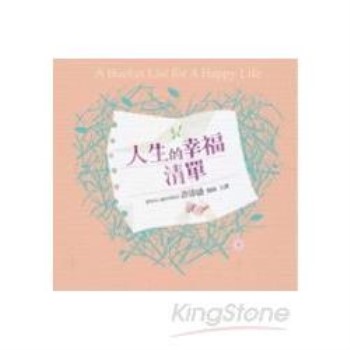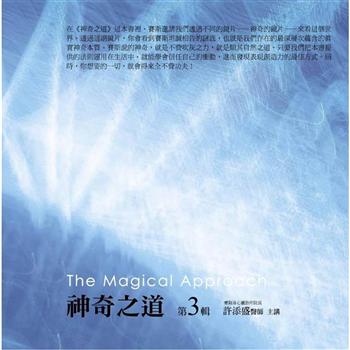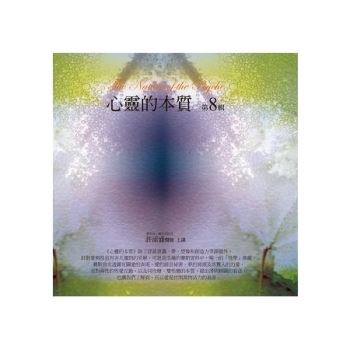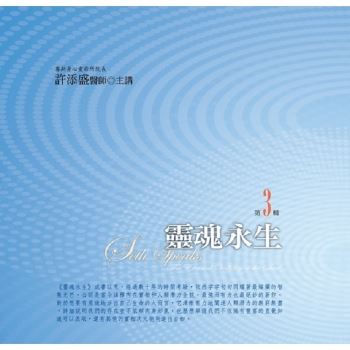INTRODUCTION
Some love it and can’t get enough of it, others hate it and would like to get rid of it completely from the kitchen: For some, sugar is a staple that can be found in the fridge or in the fridge in the form of chocolate bars, gummy bears, ice cream and cakes Can be found in the office desk drawer and never runs out. For others, on the other hand, it is the cause of all evil, because countless diseases today are due to an improper diet with too much sugar.
However, if you follow the reports of those who have switched to a sugar-free diet, the results are quite remarkable. For example, your skin should become more beautiful, you become fitter and more productive and, by the way, your body weight also falls. So apparently a sugar-free diet has a number of advantages, but what exactly is it all about? What are sugar substitutes? And how do you fight the cravings that every one of us occasionally assaults and that we are only too happy to satisfy with a chocolate bar or similar delicacies and do this with a wink with the apology that we are hypoglycated? In this book you will find out everything you need to know about a sugar-free diet and you will also receive some tips to make the switch easy.
Sugar alternatives
A. Agave syrup: Agave syrup is obtained from Mexican agaves; they contain a juice that is processed into thick juice. To do this, the tapped juice must be boiled down.
B. Honey: Before sugar was made from sugar beets, honey was the only means of sweetening food. Depending on the type of honey, it contains up to 85 different types of sugar such as fructose, glucose, maltose or sucrose. So honey is ultimately just as unhealthy as sugar and also has a comparable calorie content. Honey becomes valuable due to its additional Ingredients such as minerals, proteins, amino acids, vitamins, enzymes or pollen. It becomes antiinflammatory and antibacterial and is therefore suitable as a home remedy for a sore throat if it is stirred into hot milk.
C. Maple syrup; Maple syrup tastes delicious in tea, and it is also a pleasure on sweet pancakes or crepes. The morning muesli can also be complemented well with it. Maple syrup comes from the trunk of sugar maple, the juice is tapped and then heated and thickened. Maple syrup is made up of sucrose and fructose. It contains fewer calories than sugar and honey, but the sweetening power is also lower. Due to the larger amount that is used for sweetening, it ends up having as many calories as sugar. The color of maple syrup ranges from a very light yellow to a dark brown.
D. Palm sugar: Palm sugar is also known as coconut blossom sugar; it is still a relatively little-known sugar substitute. It is obtained from coconut palms, only the flowers are processed. The taste is reminiscent of caramel; it has nothing to do with coconut. Coconut blossom syrup has a low glycemic index. Therefore, he should not let the blood sugar level rise so quickly, so that less insulin is formed and cravings do not occur to a large extent.
E. Rice syrup: Rice syrup is also enjoying increasing demand; on the shelf you can usually find it near agave syrup and maple syrup. Rice syrup was actually developed in Japan, the taste is soft and mild and has a light caramel tone with a little nutty aroma. During production, the rice is first ground and then heated with enzymes and water. The starch of the grain is broken down into its sugars.
F. Stevia: Stevia comes from South America and has been cultivated there for more than 100 years. In Asia, too, the sweet herb is used as a substitute for sugar. Stevia has been approved in Germany since 2011. Stevia can have a significantly higher sweetening power than normal table sugar, but it is calorie-free.











